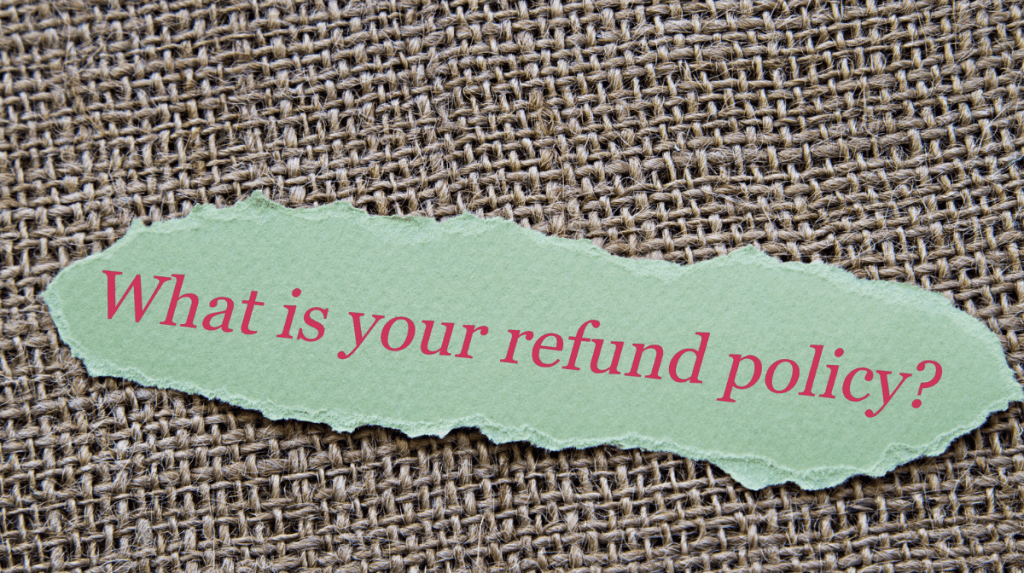As online shopping continues to grow in popularity, so does the risk of falling victim to online scams and fraud. With the rise of e-commerce, cybercriminals have also become more sophisticated in their methods, making it even more difficult to spot a fraudulent website. However, there are several ways to protect yourself when shopping online. In this article, we will discuss 12 essential tips to help you identify a legitimate website from a fake one.
Check the Website’s Domain Name
The first step in verifying the authenticity of a website is to check its domain name. This is the name that appears in the address bar of your browser. Legitimate websites typically have domain names that are easy to spell, recognizable, and consistent with the name of the business or brand. Fake websites often have domain names that are similar to legitimate ones but with small spelling mistakes or additions. For example, instead of “amazon.com,” a fraudulent website might use a domain name like “amaz0n.com.”

Look for Trust Seals and Certifications
Many legitimate websites display trust seals and certifications that verify their authenticity. These seals and certifications are usually located at the bottom of the website and indicate that the website has been verified by a third-party security company. Examples of these seals include Norton Secured, McAfee Secure, and TRUSTe. Clicking on these seals should take you to a verification page that confirms the website’s authenticity.

Check the Website’s Contact Information
A legitimate website should always have a clear and visible contact page that includes the company’s phone number, email address, and physical address. If a website does not provide this information, it may be a sign that the website is fraudulent. Even if the website does provide contact information, it is a good idea to verify it by calling the phone number or sending an email to the address provided.

Read Online Reviews
One of the easiest ways to check the legitimacy of an online shopping website is by reading online reviews. These reviews can provide insight into the experiences of other customers who have used the website before. Look for reviews on multiple websites, including the website’s own testimonials section, social media pages, and third-party review sites. Be wary of websites that only display positive reviews or have no reviews at all. Keep in mind that while online reviews can be helpful, they should be taken with a grain of salt as fake reviews are becoming increasingly common.

Look for Secure Payment Options
When making a purchase online, it is important to ensure that the website uses secure payment options. Legitimate websites should offer payment methods such as credit cards or PayPal, which provide additional protection against fraud. If a website only offers payment methods like wire transfer or Western Union, it may be a sign of a fraudulent website.

Check for HTTPS Encryption
A legitimate website should always use HTTPS encryption to protect your personal and financial information. This is indicated by a padlock icon in the address bar of your browser and the letters “https” in the URL. If a website uses only HTTP or does not display the padlock icon, it may be a fake website.

Look for Clear Return and Refund Policies
A legitimate website should always have clear and visible return and refund policies. These policies should outline the conditions under which returns and refunds are accepted, as well as any fees or restrictions that may apply. If a website does not have a clear return and refund policy, it may be a sign of a fraudulent website.

Verify the Website’s Social Media Presence
Legitimate websites usually have active social media accounts, such as Facebook, Twitter, or Instagram. Look for links to these accounts on the website and check if they are active and regularly updated. You can also check for customer interactions and reviews on these social media pages to get an idea of the website’s reputation. For example, if you are wondering if an e-commerce platform like Temu is legit, you can have a look at Temu’s Pinterest page or TikTok account for their activities and customer interactions.

Beware of Unbelievable Deals and Discounts
If a website is offering deals or discounts that seem too good to be true, they probably are. Fraudulent websites often use these tactics to lure unsuspecting customers into making purchases. Be wary of websites that offer prices that are significantly lower than those of their competitors, as this may be a sign of a fake website. Remember, if something seems too good to be true, it probably is.

Check for Grammar and Spelling Mistakes
A legitimate website should be free of spelling and grammar mistakes. Websites that are poorly written or have lots of errors may be a sign of a fraudulent website. These errors can indicate that the website was hastily put together and may not be legitimate. Be sure to carefully read through the website’s content and check for any spelling or grammatical errors.

Use a Reputable Antivirus Software
Using a reputable antivirus software is an important step in protecting yourself when shopping online. This software can help detect and prevent malware or other viruses that could compromise your personal information. Be sure to keep your antivirus software up-to-date and regularly run scans to ensure that your computer is protected.

In conclusion, online shopping can be a convenient and efficient way to purchase goods and services. However, it is important to remain vigilant and take steps to protect yourself from fraudulent websites. By following these 12 essential tips, you can help ensure that you are shopping on a legitimate website and avoid falling victim to online scams.
WE SAID THIS: Don’t Miss…UAE Becomes Social Media Capital Of The World



